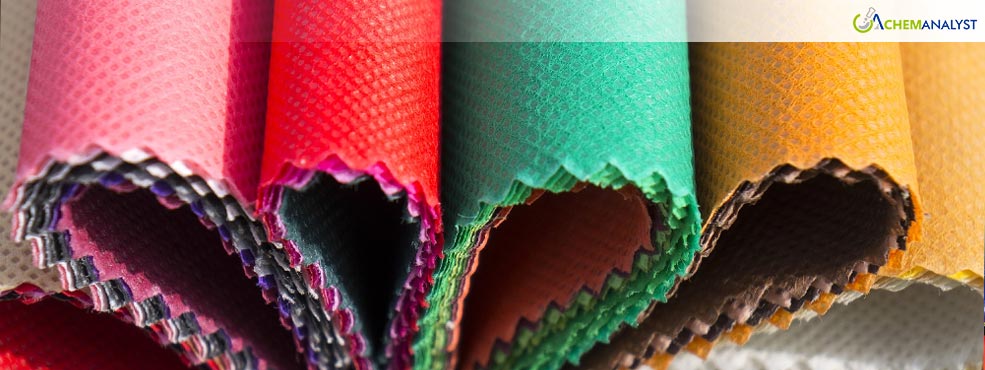Nonwoven Fabric Prices in Asia Fall as Feedstock Costs and Demand Wane
- 04-Oct-2024 9:20 PM
- Journalist: Motoki Sasaki
The Asian market for Nonwoven Fabric experienced a notable price depreciation throughout September 2024. This downward trend in the Nonwoven Fabric sector was largely driven by low feedstock prices and moderate to low downstream demand during the period. Over the course of the month, Nonwoven Fabric prices dropped by approximately 1.4%, accompanied by a sharp 2.8% decline in polypropylene (PP) prices, a key raw material for Nonwoven Fabric production.
In addition, U.S. crude oil prices posted their third consecutive monthly decline in September, pressured by rising supplies from OPEC+ and weakened demand from China. The U.S. benchmark fell more than 7%, while global benchmark Brent crude dropped around 9%. This decrease in oil prices, despite heightened geopolitical tensions in the Middle East, continues to weigh on the market. OPEC+'s plans to increase production in December, combined with China's subdued demand as the world’s largest crude importer, have also contributed to the downward trend.
Towards the end of September, the Chinese polypropylene (PP) market experienced a sharp 2% decline as several manufacturing plants resumed operations, despite a few new shutdowns. The operational load of domestic PP producers slightly increased, contributing to the reduction in production costs for Nonwoven Fabric. On the demand side, woven bag consumption for products like fertilizers and cement rose in mid-September. This increase in demand prompted plastic weaving enterprises to stock up, but orders from film companies weakened due to a slowdown in pre-holiday stocking consumption. Additionally, low sentiment in the macro commodity market dampened confidence among industry players which is typically a peak season for Nonwoven Fabric.
The Mid-Autumn Festival public holiday in China also led to the closure of many businesses, further reducing domestic demand for Nonwoven Fabric during the final days of September. According to customs data, Nonwoven Fabric exports grew by 8% year-on-year and 2% month-on-month in August 2024. However, the export price dipped by 1% month-on-month and remained flat on a yearly basis, reaching historic lows. Despite exchange rate fluctuations, Nonwoven Fabric export volumes have been steadily increasing over the past three months.
Analysts predict that Nonwoven Fabric demand will likely remain flat in early October 2024. The high inventory levels in the region, coupled with low feedstock prices, are expected to significantly impact Nonwoven Fabric production costs. However, escalating tensions in the Middle East, particularly between Iran and Israel, may exert upward pressure on global crude oil prices, which could, in turn, affect the prices of downstream derivatives such as Nonwoven Fabric feedstock.



